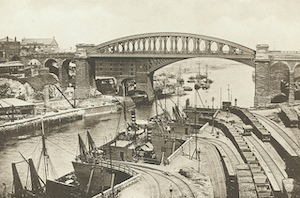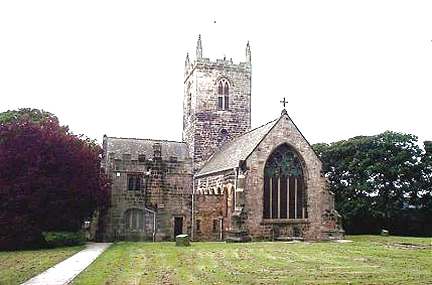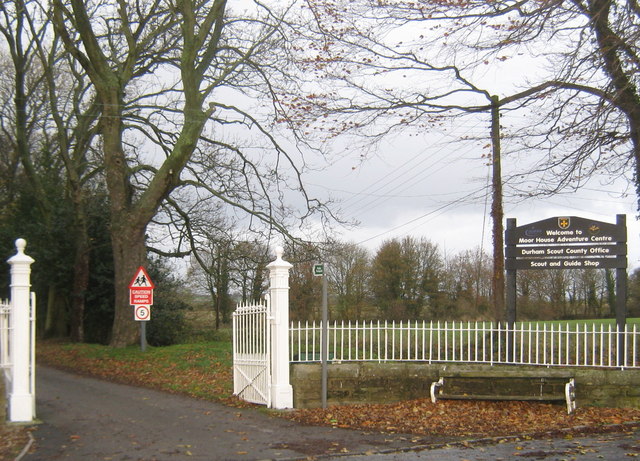Topics > Tyne and Wear > Sunderland > Houghton-le-Spring > Houghton-le-Spring Parish, 1848
Houghton-le-Spring Parish, 1848
HOUGHTON-LE-SPRING (St. Michael), a town and parish, and the head of a union, in the N. division of Easington ward and of the county of Durham, 6½ miles (N.E.) from Durham, and 266 (N.N.W.) from London; containing 16,833 inhabitants, of whom 2,084 are in the town. This place, which takes its name from a family to whom it belonged soon after the Conquest, is one of the great manors of the see of Durham. It is beautifully situated in a luxuriant vale, sheltered on the north and east by a lofty chain of hills, and opening towards the south and west into an extensive and richly cultivated plain, interspersed with large tracts of majestic woods, and abounding with romantic scenery. The town has been increasing within the last twenty years, and contains numerous spacious and handsome houses, inhabited by opulent families; nearly in the centre of it is Houghton Hall, the ancient mansion of the family of Hutton, now extinct, a plain edifice of the 16th century, of which the exterior has been lately much improved. The trade arises chiefly from the numerous coal-mines in the neighbourhood; and nearly adjoining the place are an iron-foundry and forge, in which a large number of persons are employed. A fair is held on the Sunday after New Michaelmas-day, and continues for the two following days, when there are horse-races and various other amusements. The seneschal of the Bishop of Durham holds a halmote court twice in the year, for the recovery of debts not amounting to 40s.; and petty-sessions for the division are held every alternate week by the county magistrates. The parish, which is bounded on the north by the river Wear, comprises the townships of South Bidick, Bourn-Moor, Cocken, Great and Little Eppleton, East and Middle Herrington, West Herrington, Hetton-le-Hole, Houghton-le-Spring, Moorhouse, Moorsley, Morton-Grange, Newbottle, Offerton, Painshaw, East and West Rainton, and Warden-Law. It contains about 14,600 acres, and in the township of Houghton are 1475a. 14p.; of the latter, 893 acres are arable, 554 grass-land, 10 wood, and 17 waste. Freestone and limestone are quarried; and coal of the best quality is sent in large quantities to the London market, where it commands the highest prices: the greater part is conveyed by railway to the ports of Sunderland and Seaham.
The living is a rectory, valued in the king's books at £124; net income, according to the return made in 1835, £2157; patron, the Bishop. The tithes of Houghton township have been commuted for £261, and the glebe consists of 343 acres. The church, situated in the centre of the town, is an ancient cruciform structure in the early and decorated English styles, with a massive central tower, which was originally only about half its present height. The nave is divided from the aisles by ranges of clustered columns; and from the area beneath the tower, which is supported on four massive clustered columns, lofty pointed arches lead into the transepts and the choir: the east and west windows, of five lights, are of large dimensions and of elegant design. In the south transept are, a recumbent effigy of an armed knight, and an altar-tomb to the memory of the venerable Bernard Gilpin, many years rector of the parish. It may be noticed as a singular instance of longevity connected with this church, that in the year 1841, the rector was in his 78th year, the clerk in his 80th, the sextoness in her 86th, and the youngest of the attendant officers in the 76th year of his age. At Painshaw, Hetton-le-Hole, and other places, are additional churches. There are meeting-houses for Baptists, Independents, and Wesleyans, and a Roman Catholic chapel.
The Kepier Free Grammar school, situated at the north-east angle of the churchyard, was founded by letters-patent of Queen Elizabeth, in 1574, and endowed by Bernard Gilpin, and John Heath, Esq., of Kepier, near Durham, for the education of youth in the classics and higher departments of learning. The funds were augmented by Sir Geo. Wheler and the Rev. H. Bagshaw, subsequent rectors of the parish. The whole endowment, including a house with ample accommodation for 70 boarders, is now about £200 per annum; and attached to the school is an exhibition to any one of the Universities of Oxford, Cambridge, or Durham. Among the many eminent men educated in the establishment, over which the original founder himself, to a certain extent, presided, giving personal instruction in his own study to several of the pupils, have been Hugh Broughton, a distinguished Hebrew scholar, and Dr. George Carleton, Bishop of Chichester, the biographer of Gilpin. The Blue-coat school was founded by the Rev. Sir George Wheler, who bequeathed for its endowment £600, which sum was invested in land, producing an income of £80 per annum. An hospital originally founded by Bernard Gilpin, for six aged people, was rebuilt and endowed by George Lilburne, Esq., and the Rev. George Davenport, formerly rector of the parish; the buildings are situated near the grammar school, and consist of a centre and two wings, each containing two tenements. The union workhouse is a substantial stone building: the union comprises 15 townships in the parish, and the township of Silksworth in the adjoining parish of Bishop-Wearmouth, and contains a population of 16,067. Dr. Samuel Ward, an eminent divine, and master of Sydney-Sussex College, Cambridge, who died in 1643, was a native of the parish.
Extract from: A Topographical Dictionary of England comprising the several counties, cities, boroughs, corporate and market towns, parishes, and townships..... 7th Edition, by Samuel Lewis, London, 1848.

Co-Curate Page
Hetton-le-Hole Township, 1848
- HETTON-LE-HOLE, a township and chapelry, in the parish and union of Houghton-Le-Spring, N. division of Easington ward and of the county of Durham, 2 miles (S.) from Houghton-le-Spring; the township …

Co-Curate Page
Bournmoor Township, 1848
- BOURN-MOOR, a township, in the parish of Houghton-le-Spring, union of Chester-le-Street, N. division of Easington ward and of the county of Durham; containing 891 inhabitants. This township, which is bounded …
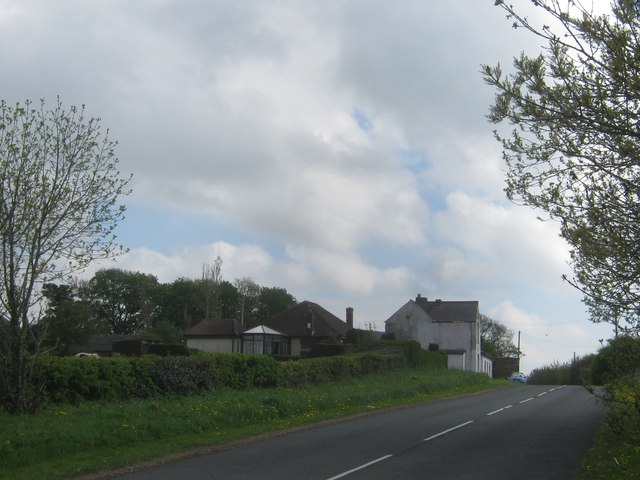
Co-Curate Page
Morton Grange
- MORTON-GRANGE, a township, in the parish and union of Houghton-le-Spring, N. division of Easington ward and of the county of Durham, 6 miles (N.E. by N.) from Durham; containing 185 …
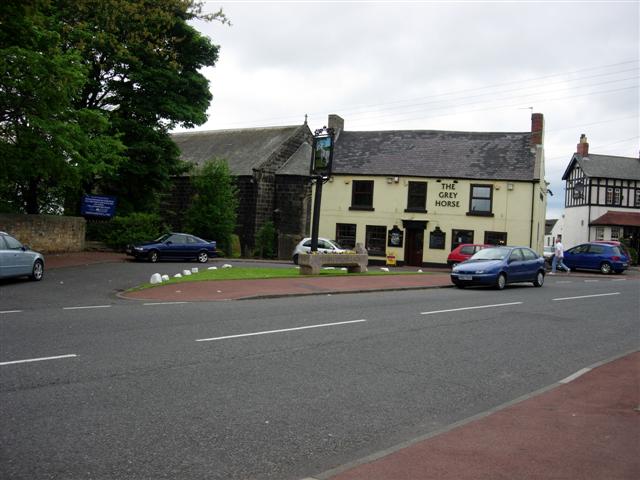
Co-Curate Page
Penshaw
- Overview About Penshaw Map Street View PAINSHAW, or Pensher, a township, in the parish and union of Houghton-le-Spring, N. division of Easington ward and of the county of Durham, 3 …

Co-Curate Page
Newbottle Township, 1848
- NEWBOTTLE, a township, in the parish and union of Houghton-le-Spring, N. division of Easington ward and of the county of Durham, 8 miles (N.E. by N.) from Durham; containing 1,835 …
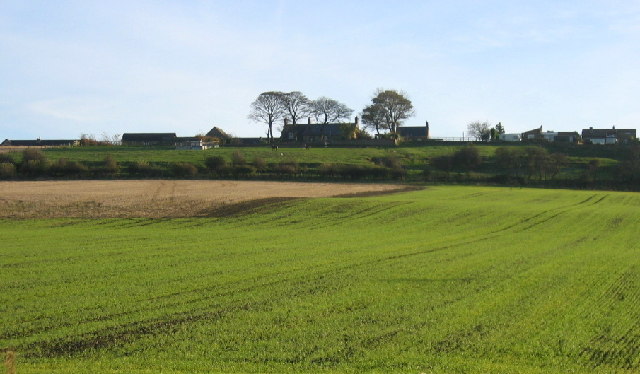
Co-Curate Page
Offerton
- Overview About Offerton Map Street View Offerton is a hamlet which is, located about 3 miles north of Houghton-le-Spring and a similar distance west of Sunderland city centre. Most of …
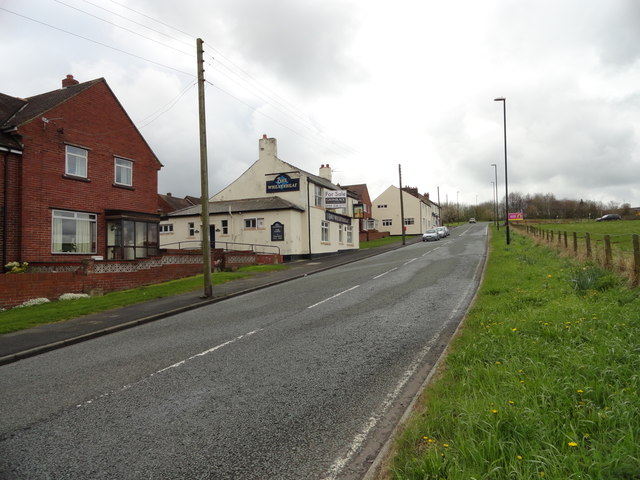
Co-Curate Page
Moorsley
- Overview Map Street View Low Moorsley and High Moorsley are adjacent villages, located a short distance south-west of Hetton-le-Hole in the City of Hetton-le-Hole. Historically, Moorsley was a township in …

Co-Curate Page
East and Middle Herrington, 1848
- HERRINGTON, EAST and MIDDLE, a chapelry, in the parish and union of Houghton-Le-Spring, N. division of Easington ward and of the county of Durham, 9 miles (N.E.) from Durham; containing …

Co-Curate Page
West Herrington, 1848
- HERRINGTON, WEST, a township, in the parish and union of Houghton-Le-Spring, N. division of Easington ward and of the county of Durham, 4½ miles (S.W. by W.) from Sunderland; containing …


Co-Curate Page
Hetton-le-Hole Township, 1848
- HETTON-LE-HOLE, a township and chapelry, in the parish and union of Houghton-Le-Spring, N. division of Easington ward and of the county of Durham, 2 miles (S.) from Houghton-le-Spring; the township …

Co-Curate Page
Bournmoor Township, 1848
- BOURN-MOOR, a township, in the parish of Houghton-le-Spring, union of Chester-le-Street, N. division of Easington ward and of the county of Durham; containing 891 inhabitants. This township, which is bounded …

Co-Curate Page
Morton Grange
- MORTON-GRANGE, a township, in the parish and union of Houghton-le-Spring, N. division of Easington ward and of the county of Durham, 6 miles (N.E. by N.) from Durham; containing 185 …

Co-Curate Page
Penshaw
- Overview About Penshaw Map Street View PAINSHAW, or Pensher, a township, in the parish and union of Houghton-le-Spring, N. division of Easington ward and of the county of Durham, 3 …

Co-Curate Page
Newbottle Township, 1848
- NEWBOTTLE, a township, in the parish and union of Houghton-le-Spring, N. division of Easington ward and of the county of Durham, 8 miles (N.E. by N.) from Durham; containing 1,835 …

Co-Curate Page
Offerton
- Overview About Offerton Map Street View Offerton is a hamlet which is, located about 3 miles north of Houghton-le-Spring and a similar distance west of Sunderland city centre. Most of …

Co-Curate Page
Moorsley
- Overview Map Street View Low Moorsley and High Moorsley are adjacent villages, located a short distance south-west of Hetton-le-Hole in the City of Hetton-le-Hole. Historically, Moorsley was a township in …

Co-Curate Page
East and Middle Herrington, 1848
- HERRINGTON, EAST and MIDDLE, a chapelry, in the parish and union of Houghton-Le-Spring, N. division of Easington ward and of the county of Durham, 9 miles (N.E.) from Durham; containing …


